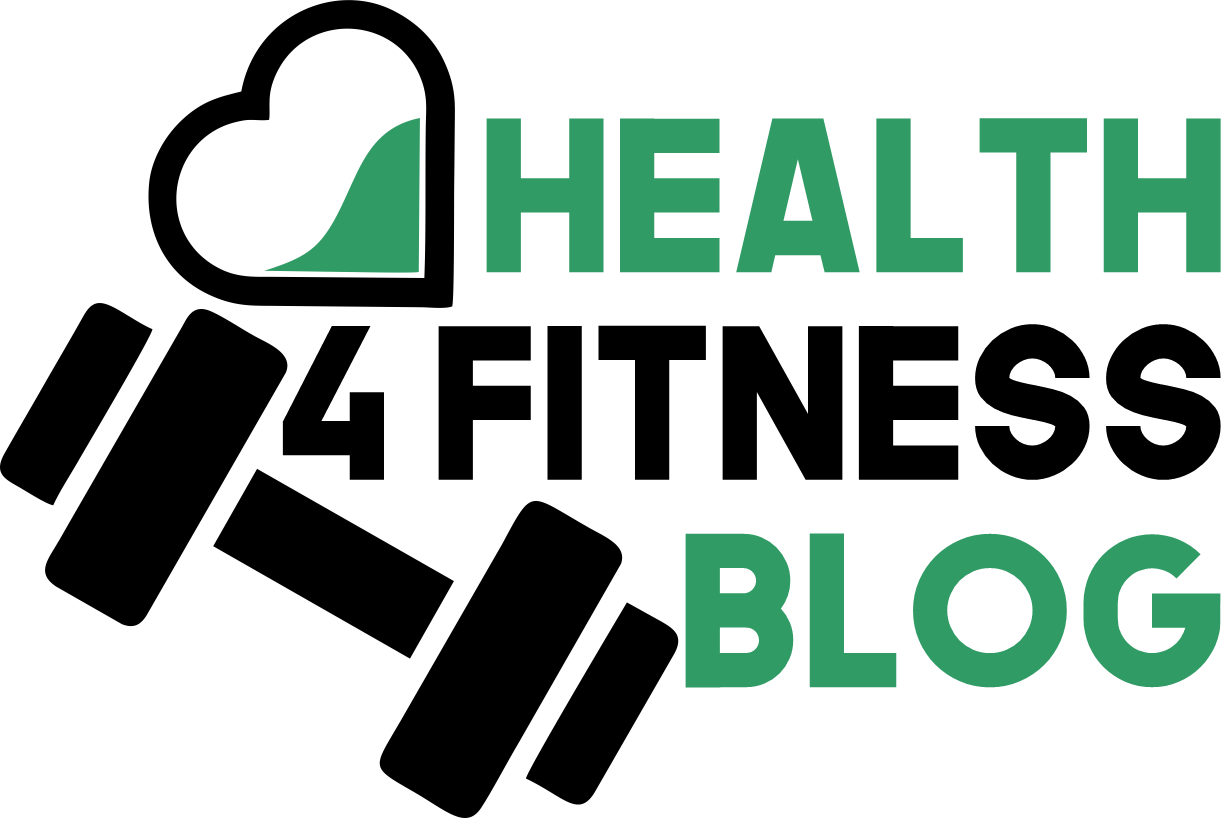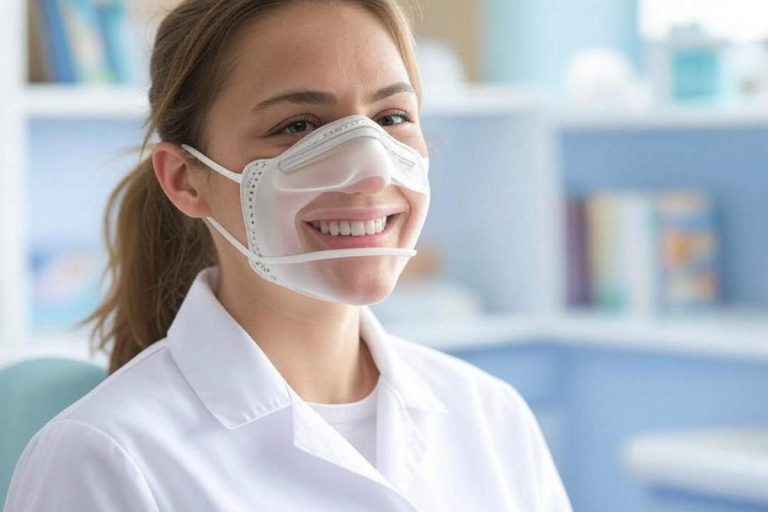Addiction is a very serious problem that causes physical, mental, and emotional damage. The first step to recovery is acknowledging that you have a problem and need help.
After that, detoxification and withdrawal are the next crucial steps.
During detox, your body expels toxins from the drugs or alcohol you’ve been abusing.
This process overall can be very difficult and uncomfortable, but it’s necessary to rid your body of the substances you’ve been using. After you detox, you may experience withdrawal symptoms.
These can range from mild to severe, and they vary depending on the substance you’ve been abusing.
The best way to get ahead of it all and help your body heal from addiction is to eat a healthy diet. Eating more nutritious foods will help your body repair the damage that’s been done and become stronger.
A healthy diet will even be the key to giving you the energy you need to participate in your recovery program and make positive changes in your life.
In this post, we will be doing a complete rundown on everything you need to know about the addiction recovery diet, and how to use food to help your body heal from alcohol addiction.
Table of Contents
How Substance Abuse affects Appetite?
Substance abuse can cause a decrease in Appetite. Some substances, such as alcohol, stimulants, or marijuana, may lead to abnormally high levels of hunger.
However, other substances, such as heroin or methamphetamine, can decrease the desire to eat. Additionally, substance abuse can interfere with the body’s ability to metabolize food properly, leading to weight loss or malnutrition.
Long-term substance abuse of any kind, especially alcohol abuse, can also damage the digestive system, making it difficult to absorb nutrients from food. In extreme cases, substance abuse can be fatal.
If you or someone you know is struggling with substance abuse, it is important to seek help as soon as possible. Substance abuse is a serious problem that can have devastating consequences for one’s health and well-being.
How Does Nutrition Help With Alcohol Abuse Recovery?
Alcohol abuse is something that can take a toll on the body, and good nutrition is essential for recovery.
Alcohol dehydrates the body and depletes nutrients, so it is important to rehydrate and replenish with healthy foods and beverages.
Eating more fruits and vegetables helps to restore vitamins and minerals, while lean protein provides the amino acids needed to repair tissue damage.
Complex carbohydrates are also important for replenishing energy stores. In addition, adequate intake of omega-3 fatty acids has been shown to help reduce cravings and slow the progression of liver disease.
By following a nutritious diet, individuals in recovery can support their bodies through the healing process, which is why adequate nutrition is such a massive part of alcohol recovery, and it shouldn’t be ignored.
Diet for Recovering Alcoholics
Addiction isn’t something that’s all the same for everyone. Each person going through drug and alcohol addiction will have a different story.
This is why addiction recovery for everyone is different too.
However, a well-balanced diet can make addiction treatment a lot easier to go through.
Below are some of the best food items that can greatly ease the overall recovery process.
Eat nutrient-rich foods to help repair damage caused by addiction:
When you are addicted to drugs or alcohol, your body goes through a lot of stress and damage. This damage can be repaired with the right nutrients.
You need to eat plenty of healthy foods to give your body the nutrients it needs for healing. Some good choices include fruits, vegetables, lean protein, healthy fats, and whole grains.
A balanced diet is the first step in the right direction when you’re recovering from drug and alcohol abuse. Healthy eating habits make it easier to deal with alcohol withdrawal symptoms.
Avoid processed foods and sugary drinks:
When someone has a life where they constantly abuse alcohol, their body gets used to certain levels of sugar. Food cravings and sugar cravings tend to hit first in recovery because your body might still try to maintain specific blood sugar levels.
However, processed foods and sugary drinks can do more harm than good when you are trying to recover from addiction.
They are full of unhealthy ingredients that can sabotage your efforts. It is best to avoid too much sugar and stick to whole, unprocessed foods instead.
Drink plenty of water and herbal teas:
Water is something the body needs to stay healthy, and it is especially important when you are trying to recover from addiction. Make sure you adequately hydrate every day, as well as herbal teas, which can also provide beneficial nutrients.
Get enough protein and healthy fats:
For those who want to stay sober need to have good eating habits to save their overall health. Their body needs as much help as it can get because, in recovery, the human body is dealing with stomach lining issues, liver damage, high blood sugar, and a compromised immune system.
That’s why it’s important to stay away from junk food and unhealthy fats and replace them with healthy snacks and good food. Protein and healthy fats are both important for repairing damage caused by addiction. Make sure you include plenty of high-quality protein in your diet from animal or plant sources, and also include plenty of healthy fats like olive oil, avocado, and nuts.
Include plenty of fruits and vegetables in your diet:
Fruits and starchy vegetables are packed with antioxidants and other nutrients that can help promote healing. With proper nutrition, you won’t need to take additional mineral supplements or essential vitamins; foods rich in complex carbs, fat-soluble vitamins b complex vitamins, and folic acid will help to recover alcoholics throughout their addiction treatment.
When someone follows proper nutrition, their immune system gets the essential vitamins and minerals it needs, and they can recover and be healthy again a lot faster.
Conclusion
With all the nutrition tips outlined in the article above, recovering addicts can use a proper diet to have a much easier time quitting alcohol and make sure that their treatment program can actually be successful.






 online cycling
online cycling

